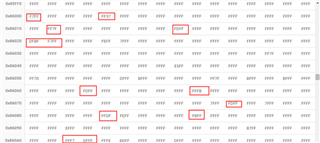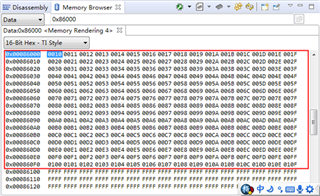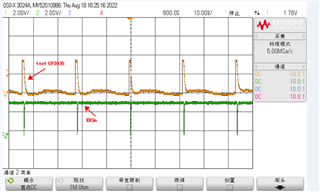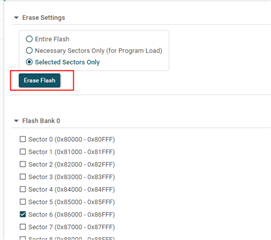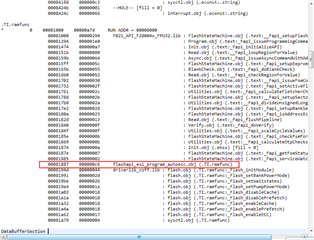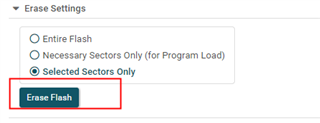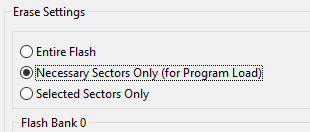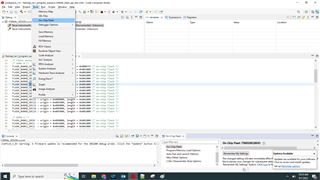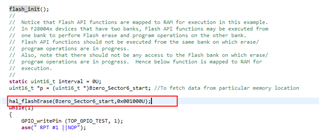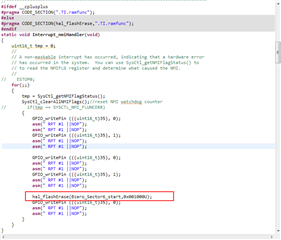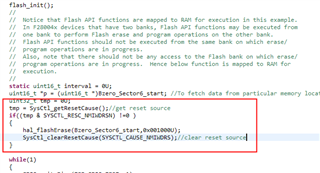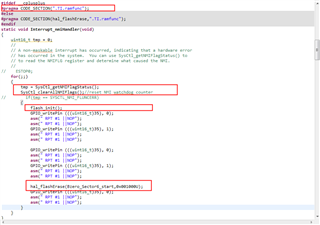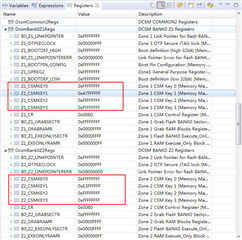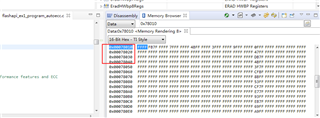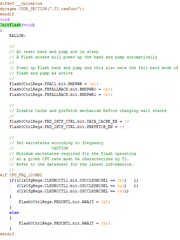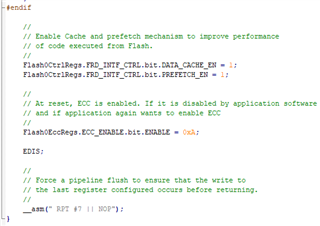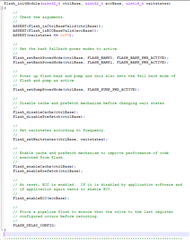Other Parts Discussed in Thread: LAUNCHXL-F280049C, UNIFLASH, C2000WARE
Hello,
Based on the project example "flashapi_ex1_program_autoecc", I add an reading a word from Sector6_start, and run the code on demo board Launchxl-F280049c, I found that, the MCU will reset with 20ms period. So, I need your help, tks!
see the details as bellow:
1.Based on example code, move the initialization part of Example_CallfFlashAPI () to flash_ init(), keeping the rest of the code(erase and program) in Example_CallfFlashAPI ().
2.Flash_ Init() is placed after ERIM, and Example_CallfFlashAPI () is placed in while (1);
3.Read a word from Sector6_start before calling Example_CallfFlashAPI (): uint16_t *p = (uint16_t *)Bzero_Sector6_start; data_tmp[0] = *p;
4. Use GPIO35 as debug output;
Please refer to the following code:
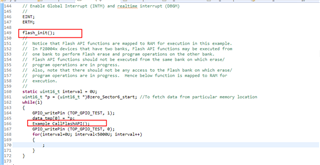
5.Download to demo board, pressXRSn repeatedly. After several times, MCU will reset actively at 20ms interval. It can only be recovered by flashing code with JTAG. The measured waveforms are as follows:
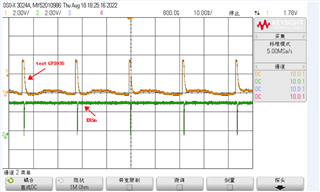
6.Use the GPIO35, I can confirm that, the MCU ran away when calling read flash:data_tmp[0] = *p;
Is there any improper operation?
Look forward to your reply, tks


